SRT1720
Synonym(s):InSolution SRT1720, HCl - CAS 1001645-58-4 - Calbiochem;
- CAS NO.:1001645-58-4
- Empirical Formula: C25H24ClN7OS
- Molecular Weight: 506.03
- MDL number: MFCD18074509
- SAFETY DATA SHEET (SDS)
- Update Date: 2025-12-16 16:15:04

What is SRT1720?
Description
SRT1720 (1001645-58-4) is a SIRT1 activator (EC1.5 = 0.16 μM, max activation = 781%).1 It reduced glucose levels and hyperinsulinemia in DIO, Lepob/ob mice and Zucker fa/fa rats.? SRT1720 enhanced endurance running and protected against diet-induced obesity and insulin resistance via enhancement of oxidative metabolism in skeletal muscle, liver, and brown adipose tissue.2 It induced mitochondrial biogenesis in oxidant-induced renal proximal tube cell injury.3 SRT1720 repressed circadian clock gene expression and decreased H3 K9/K14 acetylation in a time-specific manner.4 It attenuated angiotensin II-induced atherosclerosis by inhibiting the vascular inflammatory response.5
The Uses of SRT1720
SRT1720 acts as a therapeutic in the treatment of type 2 diabetes. It modulates calories and contributes to glucose homeostasis and insulin sensitivity.
What are the applications of Application
SRT1720 is a selective SIRT1 activator
General Description
An enhanced aqueous soluble version of SRT1720 (Cat. No. 567860).
Biochem/physiol Actions
Cell permeable: yes
References
Milne et al. (2007), Small molecule activators of SIRT1 as therapeutics for the treatment of type 2 diabetes; Nature 450 712 Feige et al. (2008), Specific SIRT1 activation mimics low energy levels and protects against diet-induced metabolic disorders by enhancing fat oxidation; Cell Metab. 8 347 Funk et al. (2010), SRT1720 induces mitochondrial biogenesis and rescues mitochondrial function after oxidant injury in renal proximal tubule cells; J. Pharmacol. Exp. Ther. 333 593 Bellet et al. (2013), Pharmacological modulation of circadian rhythms by synthetic activators of the deacetylase SIRT1; Proc. Natl. Acad. Sci. USA 110 3333 Chen et al. (2015), The Sirt1 activator SRT1720 attenuates angiotensin II-induced atherosclerosis in apoE-/- mice through inhibiting vascular inflammatory response; Biochem. Biophys. Res. Commun. 465 732
Properties of SRT1720
| Melting point: | >205°C (dec.) |
| Density | 1.58 |
| storage temp. | = -70C |
| solubility | Soluble in DMSO (>25 mg/ml) |
| form | Liquid |
| color | White |
| Stability: | Stable for 1 year from date of purchase as supplied. Solutions in DMSO may be stored at -20°C for up to 3 months. |
Safety information for SRT1720
| Signal word | Warning |
| Pictogram(s) |
 Exclamation Mark Irritant GHS07 |
| GHS Hazard Statements |
H302:Acute toxicity,oral H315:Skin corrosion/irritation H319:Serious eye damage/eye irritation H335:Specific target organ toxicity, single exposure;Respiratory tract irritation |
| Precautionary Statement Codes |
P261:Avoid breathing dust/fume/gas/mist/vapours/spray. P280:Wear protective gloves/protective clothing/eye protection/face protection. P301+P312:IF SWALLOWED: call a POISON CENTER or doctor/physician IF you feel unwell. P302+P352:IF ON SKIN: wash with plenty of soap and water. P305+P351+P338:IF IN EYES: Rinse cautiously with water for several minutes. Remove contact lenses, if present and easy to do. Continuerinsing. |
Computed Descriptors for SRT1720
New Products
4,4-Difluoropiperidine hydrochloride tert-butyl 9-methoxy-3-azaspiro[5.5]undecane-3-carboxylate Indole Methyl Resin N-Isopropylurea N,N-Dicyclohexylcarbodiimide(DCC) MELDRUMS ACID 5-METHYLISOXAZOLE-4-CARBOXYLIC ACID Magnessium Bis glycinate Zinc ascorbate 1-bromo-2-butyne 2-acetamidophenol 9(10H)-anthracenone Erythrosin B, 4-Piperidinopiperidine 2-((4-morpholinophenylamino) (methylthio) methylene) malononitrile 2,4-dihydroxybenzaldehyde 3-(4-morpholinophenylamino)-5-amino-1H-pyrazole-4-carbonitrile Methyl 2-methylquinoline-6-carboxylate 2,6-dichloro-4-nitropyridine 4-Bromo-2-chlorobenzonitrile 2-(benzylamino)acetic acid hydrochloride 4-(tert-Butoxycarbonylamino)but- 2-ynoic acid 3,4-dihydro-2H-benzo[b][1,4]dioxepine 1-Phenyl-1-cycloprppanecarboxylicacidRelated products of tetrahydrofuran
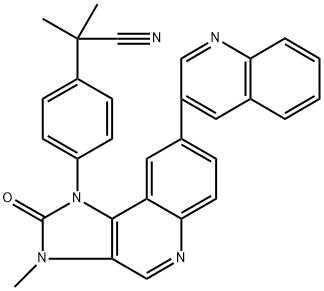
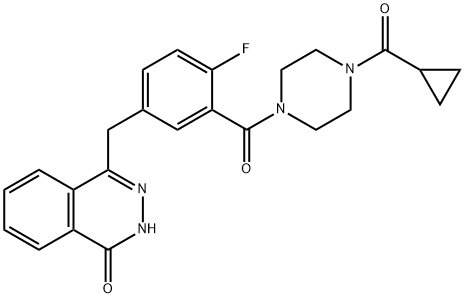
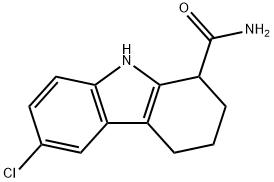
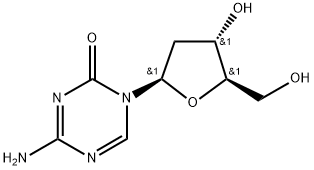
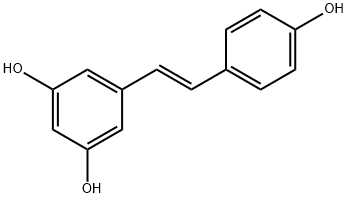
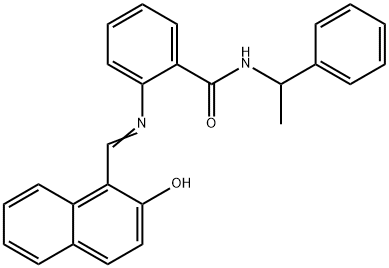


You may like
-
 SRT-1720 >95% CAS 1001645-58-4View Details
SRT-1720 >95% CAS 1001645-58-4View Details
1001645-58-4 -
 SRT1720 HCl CASView Details
SRT1720 HCl CASView Details -
 3-(4-amino-1-oxoisoindolin-2-yl)-1-methylpiperidine-2,6-dione 98%View Details
3-(4-amino-1-oxoisoindolin-2-yl)-1-methylpiperidine-2,6-dione 98%View Details -
 614-19-7 98%View Details
614-19-7 98%View Details
614-19-7 -
 20677-73-0 (2,2-diethoxyethyl)methylamine 98%View Details
20677-73-0 (2,2-diethoxyethyl)methylamine 98%View Details
20677-73-0 -
 3-(4-(hydroxyamino)-1-oxoisoindolin-2-yl)piperidine-2,6-dione 98%View Details
3-(4-(hydroxyamino)-1-oxoisoindolin-2-yl)piperidine-2,6-dione 98%View Details -
 57381-49-4 2-bromo-4-chlorobenzonitrile 98%View Details
57381-49-4 2-bromo-4-chlorobenzonitrile 98%View Details
57381-49-4 -
 4,6-dichloropyrimidine-5-carbaldehyde 98%View Details
4,6-dichloropyrimidine-5-carbaldehyde 98%View Details
5305-40-8
